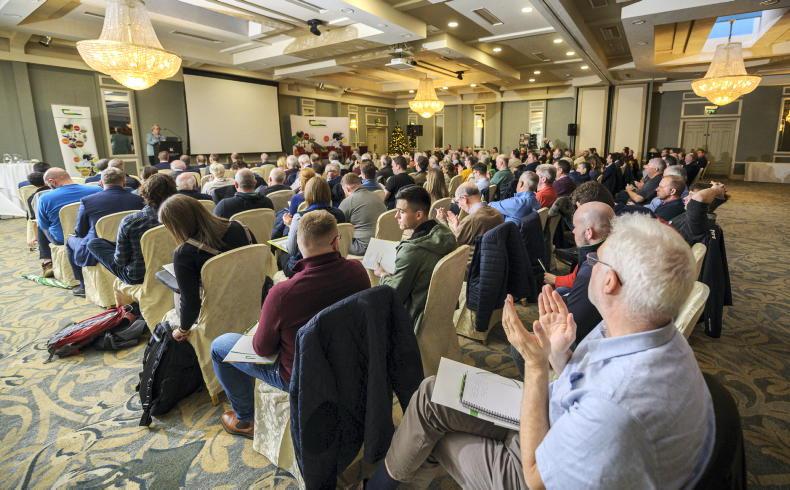The field which inspired the famous John B Keane play and the film of the same name is now planted to Sitka spruce. last week’s upland conference heard.
In an evocative contribution to the Uplands Symposium, Barry O’Donoghue of the National Parks and Wildlife Service (NPWS) warned that the “spirit, wildness and cultural heritage of the uplands was being lost”.
His native Stacks Mountains in north Kerry had changed profoundly since his youth, and the youth of John B Keane who spent his childhood summers in the area, O’Donoghue explained. He claimed the lights were at risk of going out in the hills due to a combination of monoculture forestry and land abandonment.
All that was left of once vibrant townlands were “ghosts” and the “shells of houses” in the midst of Sitka spruce plantations, he said.
O’Donoghue bemoaned the fact that his daughters were unlikely to hear the call of curlew or see the hen harrier in flight, and would grow up in a country that was far poorer from a biodiversity perspective than the one his mother enjoyed.
Conservation
“We need to have a conversation about conservation – and people need to be at the heart of that conversation. They need to be part of the conversation, not apart from it,” O’Donoghue maintained. “Time is of the essence for both the people and the biodiversity of the uplands,” he claimed.
Fergal Monaghan of the Hen Harrier Project agreed. If Ireland is serious about protecting ground nesting birds – such as the hen harrier, curlew and snipe – then the forestry estate in the uplands has to be “restructured” to give these species space, he said.
“There are some elements that want to walk on both sides of the road on this one, but the choice is simple,” Monaghan told the symposium.






 This is a subscriber-only article
This is a subscriber-only article










SHARING OPTIONS: